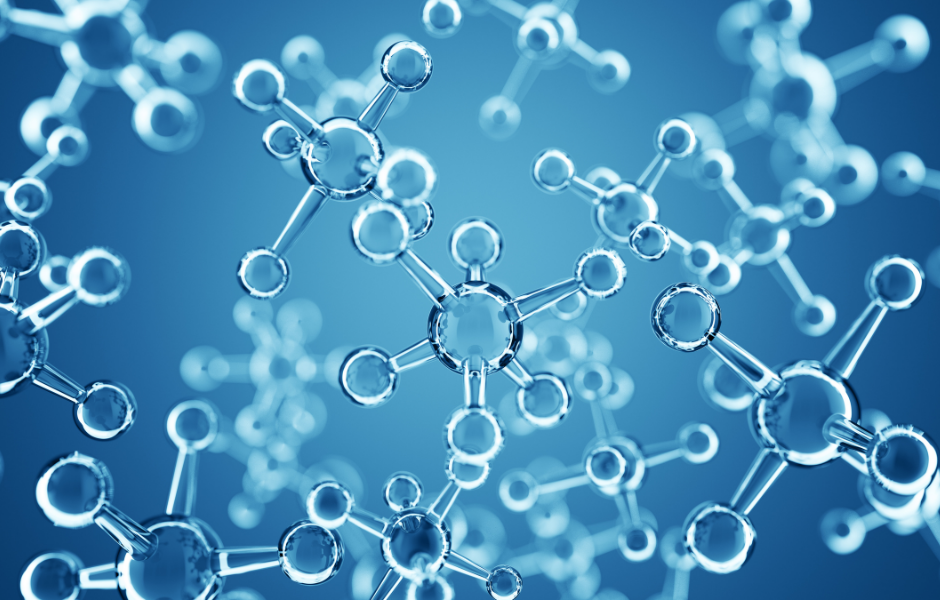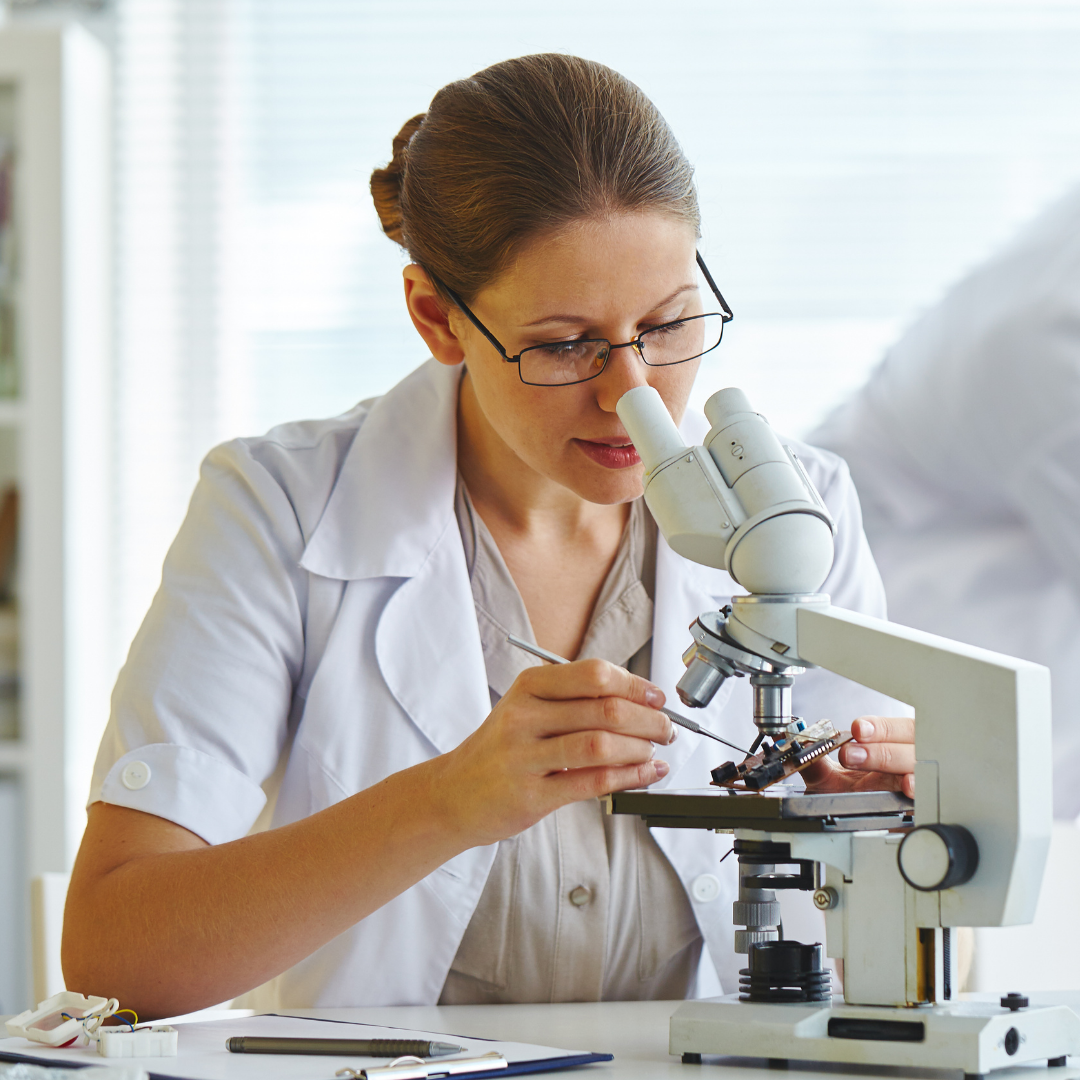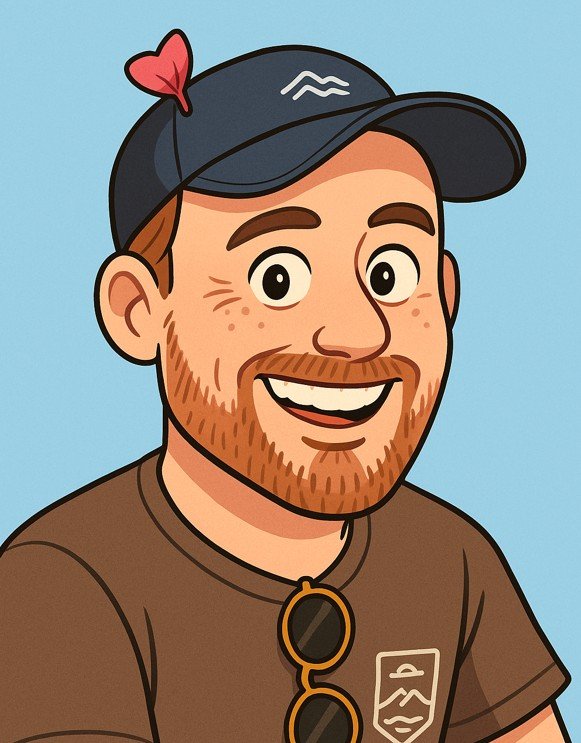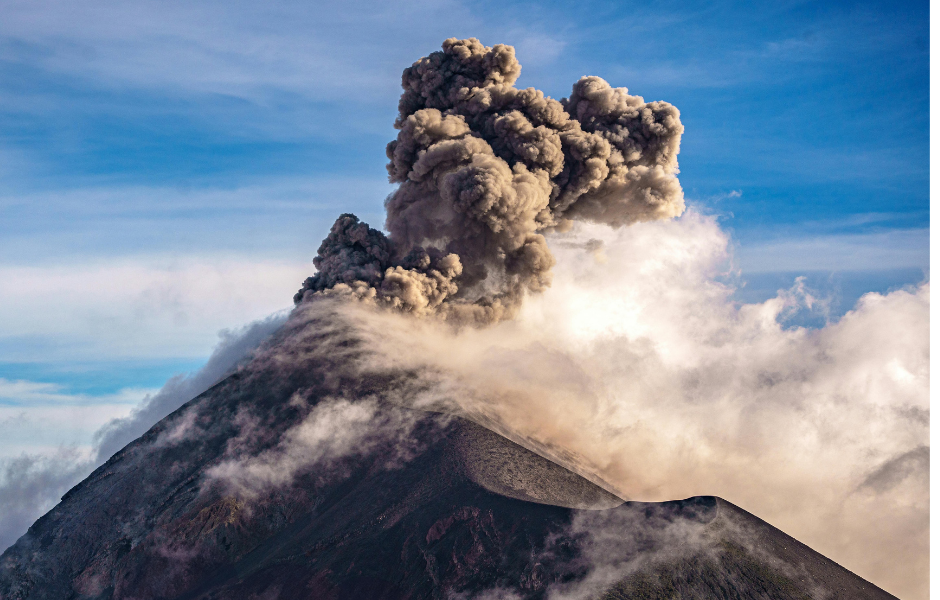
This children’s article, A kids’ guide to wind power, has been written for native English speakers and learners of English as a second or foreign language. It can help children build vocabulary, learn about renewable energy, and understand how humans can use the wind to power the world. Written by Mark Pulley, a teacher and writer who creates fun and informative news articles for English learners.
What is nanotechnology?
Imagine something so small you can’t see it with your eyes, or even with a normal microscope. That’s the world of nanotechnology! The word “nano” means one billionth of a metre, so nanotechnology deals with objects that are just a few atoms wide. To give you an idea, a human hair is about 80,000 nanometres thick. Nanotechnology works on a scale much smaller than that.
Scientists use nanotechnology to create materials and tools at this tiny level, where things behave in surprising ways.
How does it work?
At the nanoscale, the rules of science can be very different. Materials can become stronger, lighter, or even conduct electricity better. By arranging atoms and molecules in just the right way, scientists can design new materials with special powers.
For example, some fabrics use nanotechnology to make them waterproof, while medical scientists are exploring how tiny “nanoparticles” can deliver medicine directly to a sick part of the body.
Why is it important?
Nanotechnology has the power to change the world in many fields. Doctors can use it to treat diseases, engineers can use it to build stronger machines, and environmental scientists can use it to clean polluted water. Mobile phones, computer chips, and solar panels already use nanotechnology to work better and last longer.
It’s like discovering a whole new toolbox hidden inside the smallest building blocks of matter.
The future of nanotechnology
We’re still only at the beginning of exploring nanotechnology. In the future, it might help create faster computers, better batteries, tiny robots that can repair our bodies, or even materials that repair themselves when damaged. It sounds like science fiction, but scientists are working hard to make these ideas real.
Nanotechnology shows that even the smallest things can have the biggest impact. You can check out some really cool images of nanotechnology here.

Article vocabulary list
- Nanotechnology: The science of working with things at an extremely tiny scale, measured in nanometres.
- Nanometre: One billionth of a metre (so small it’s hard to imagine!).
- Molecule: A group of atoms joined together, the basic building blocks of matter.
- Particle: A very small piece of something, like dust or atoms.
- Conduct: To carry something, like heat or electricity.
- Pollution: Harmful substances in the air, water, or land.
- Solar panel: A device that captures energy from the sun.
- Self-repairing: Able to fix itself without human help.
Comprehension questions
Just click the plus (+) to see the answer
1. What does “nano” mean in nanotechnology?
A) One millionth of a metre
B) One billionth of a metre
C) One thousandth of a metre
Answer: B) One billionth of a metre
2. How thick is a human hair compared to nanometres?
A) About 80 nanometres
B) About 8,000 nanometres
C) About 80,000 nanometres
Answer: C) About 80,000 nanometres
3. Which field already uses nanotechnology?
A) Solar panels and computer chips
B) Farming and gardening
C) Space travel
Answer: A) Solar panels and computer chips
4. What can nanotechnology do in medicine?
A) Deliver medicine directly to sick parts of the body
B) Make people taller
C) Turn food into robots
Answer: A) Deliver medicine directly to sick parts of the body
5. Why is nanotechnology exciting for the future?
A) It may create faster computers and tiny robots
B) It will stop the rain
C) It will make chocolate grow on trees
Answer: A) It may create faster computers and tiny robots

Mark is a writer and EFL teacher from England with eight years’ experience. He’s passionate about travel, sport (especially football), animals, nature, and history, and enjoys helping children explore the world through language and learning.




